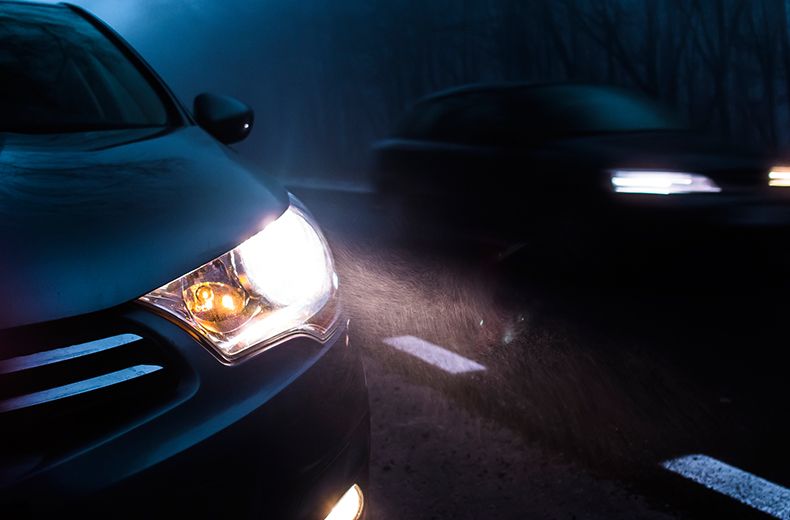The correct way of using your car lights.

Every driver has had a case on the road where they blamed other drivers for not using their lights correctly in situations that could be fatal, for example one failing to indicate when they are going a certain way and so many other incidences. It is for that reason that we look at the proper ways of using the different car lights below.
Before a journey, especially if you’re driving a new or unfamiliar vehicle, make sure you know where the switches for each set of lights are, and which dashboard symbols show up when the lights are on.
Check regularly that your lights are working: when a bulb goes, you must get it replaced immediately. When lights are only working on one side of a car, it can cause danger for other road users as they may mistake it for a motorbike at night. If you’re on your own and want to check your brake lights, find a parking space in front of a window, press your foot on the brake and use your rear view mirror to see the reflection of the red brake lights in the glass.
Headlights
Full headlights should be used when driving at night, except in the following circumstances:
- In a built-up or residential area with good street lighting
- When driving behind another vehicle (i.e. you can see their red lights ahead)
- When stopped in traffic
- When meeting an oncoming vehicle
- In dense fog, heavy rain or snowfall.
- Wherever they may distract or disrupt other road users eg. cyclists or pedestrians.
In the above cases, use dipped headlights. These should also be used at the beginning and end of lighting-up hours – that is, just after sunset and just before sunrise – and during daylight hours if your car isn’t fitted with daytime running lights.
No headlights should be used while a car is parked. Parked cars should only light up with parking lights or side lights.
Fog Lights
Fog lights are commonly misused by motorists. As the name suggests, they should only be used in dense fog or falling snow and you must switch them off when visibility improves. It’s an offence to use fog lights in clear conditions as they can dazzle other drivers.
Fog lights are best used with dipped headlights. When visibility is significantly reduced, it’s also a good idea to use your foot brake to slow down, so that your brake lights can alert the driver behind you.
Hazard Warning Lights
There are two main instances when hazard warning lights should be used:
- If your car is stationary and obstructing traffic in some way.
- To warn a driver travelling behind you of an obstruction or hazard up ahead.
Do not use hazard lights as an excuse for illegal parking.
Indicators
We’ve all seen the driver that indicates at the last second before making a turn – don’t let that be you! Every time you change the direction of your vehicle, you must signify this with your indicator lights. Use indicators in good time, so that other road users can react – and don’t forget to turn them off after you’ve made your manoeuvre. Also keep in mind that putting on your indicator doesn’t give you the right of way: you must wait until there is a safe gap in traffic to make a turn or a change lanes.


